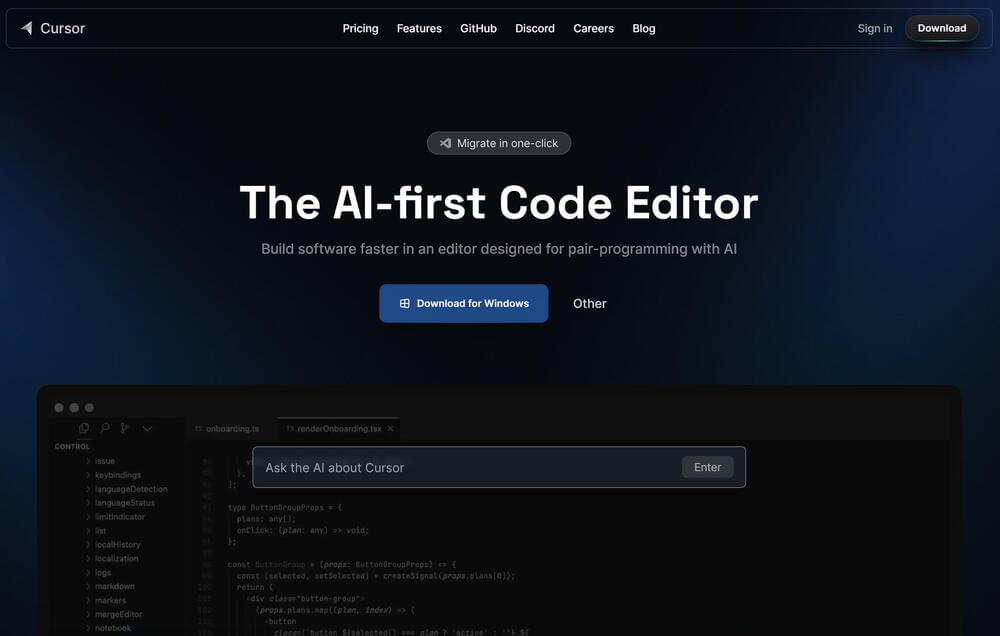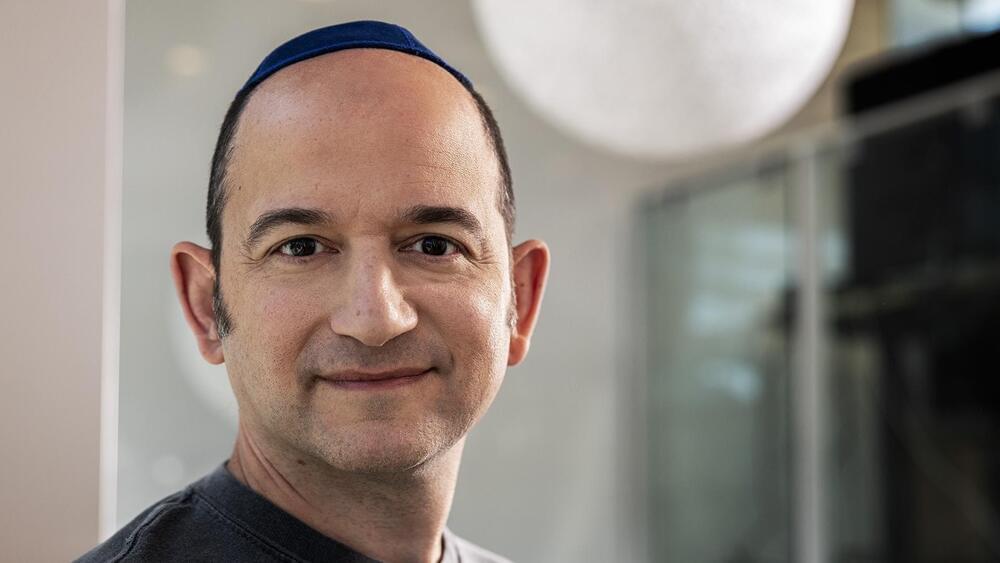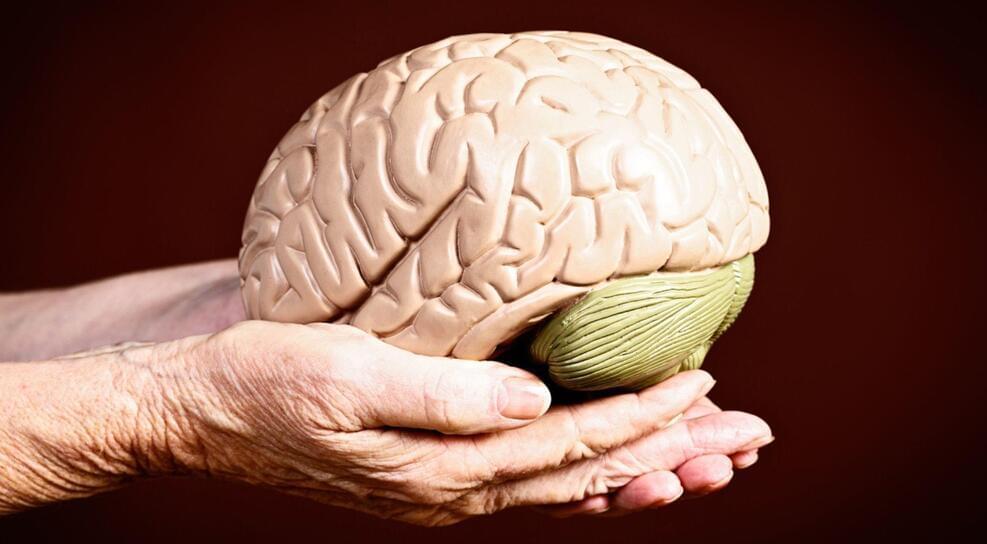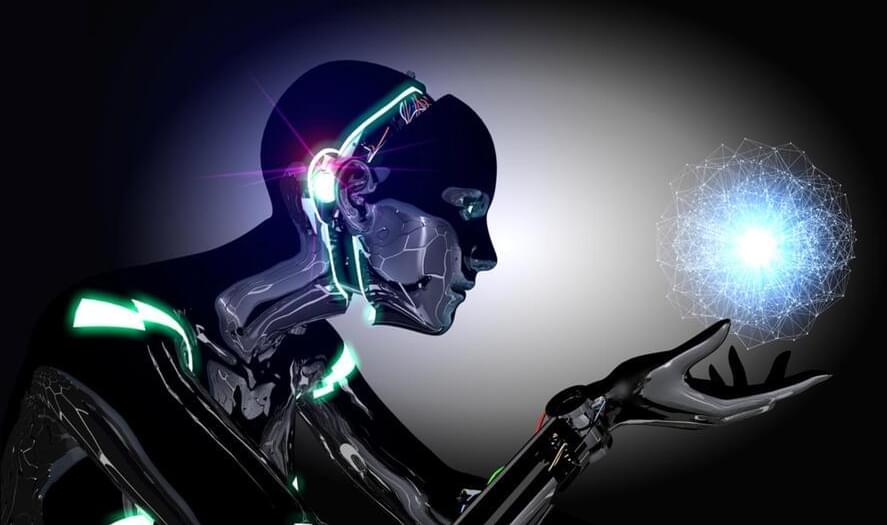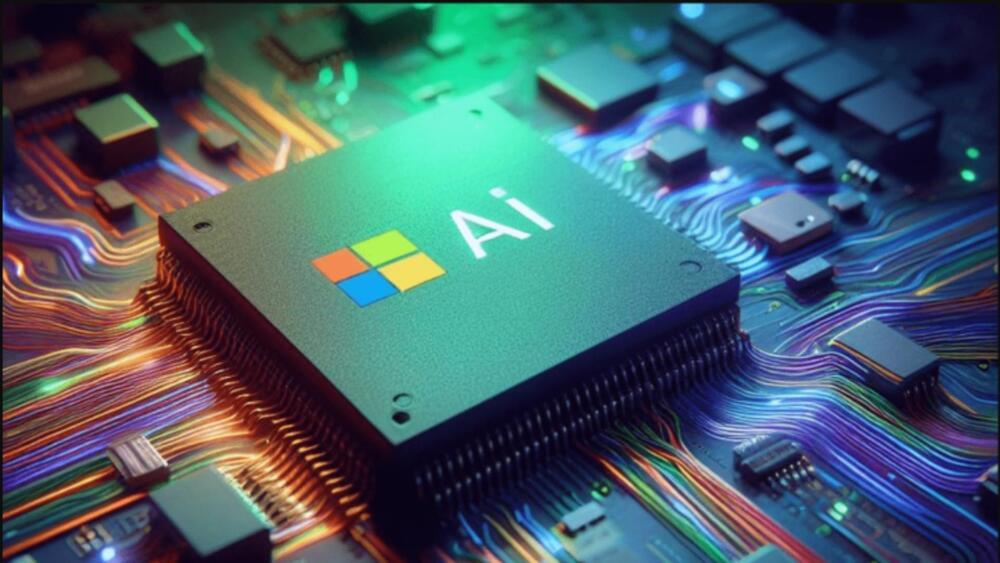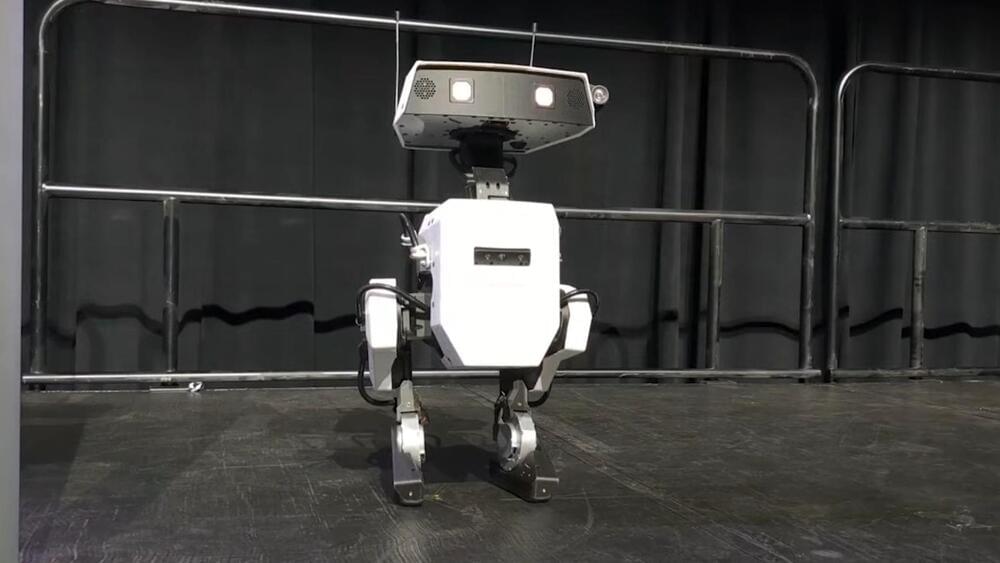U.K.-based startup Yepic AI claims to use “deepfakes for good” and promises to “never reenact someone without their consent.” But the company did exactly what it claimed it never would.
In an unsolicited email pitch to a TechCrunch reporter, a representative for Yepic AI shared two “deepfaked” videos of the reporter, who had not given consent to having their likeness reproduced. Yepic AI said in the pitch email that it “used a publicly available photo” of the reporter to produce two deepfaked videos of them speaking in different languages.
The reporter requested that Yepic AI delete the deepfaked videos it created without permission.

